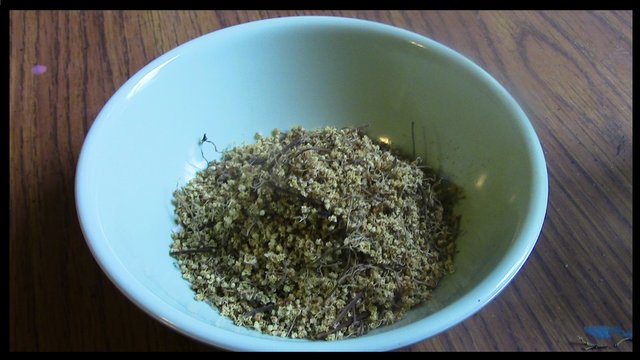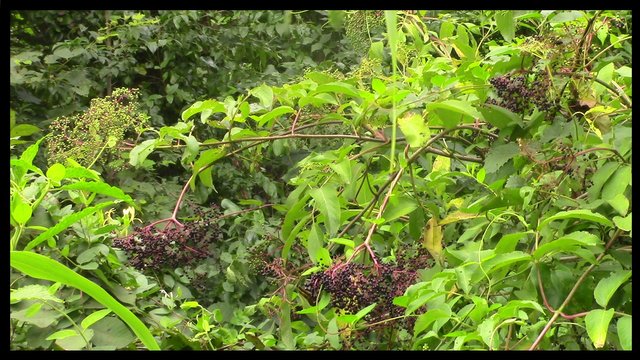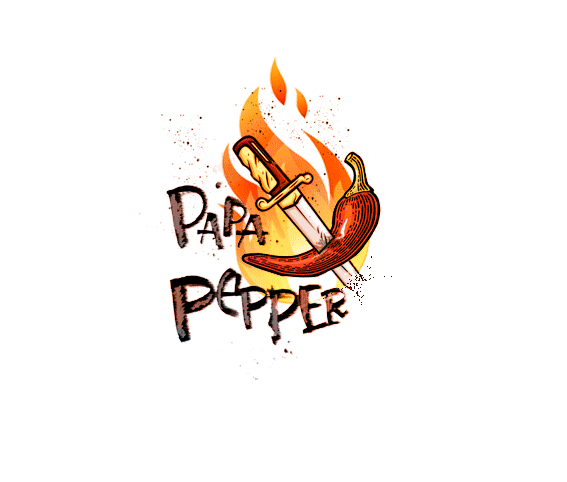ELDERBERRY WINE

This is another popular skill among homesteaders and others today.
On my recent visit to @shalomacres, we not only had the opportunity to help them butcher a cow, but also to bottle some elderberry wine that they had made. Not only was the wine homemade, the elderberries used to make it were grown right on their homestead too!

ELDERBERRIES

For those of you who do not know, elderberries grow as thick bushes that branches out in every direction. They are members of the honeysuckle family, and have opposite compound leaves that can vary in number, but seven seems to be pretty common. In the spring their flowerheads are large clusters of tiny white flowers that can be easy to spot and identify.

These flowers are edible and are often called elderblow. They can be can be sprinkled on top of foods as a delightful garnish, or used to make fritters by dipping the whole cluster into a batter and frying. They can also be used to a tea. While the flowers are both edible and useful, most people focus on the berries.

The berries from elderberry plants have been known to be specifically high in Vitamin C. They are a good source of Vitamins A, Vitamin B6, Iron and Potassium, as well as some Calcium, Phosphorus, and Copper to the table. Many people use elderberries in various immune system boosting concoctions, especially for the winter months.

Here is a photo of what a bush covered in ripe berries looks like. I've seen them in the wild in Wisconsin, Missouri, and Arkansas, so they can be a good wild edible to be familiar with. Also, since they are easy to propagate, we have many prepared to be introduced to our land, so we should be growing our own supply on a yearly basis from here on out.

BACK TO THE WINE

At @shalomacres, all the berries used to make this batch of wine came from just two bushes, and I think that their children did all of the work picking them. It was nice to not only see the "finished product" in the form of this wine, but to also see the actual bushes that the berries came from.

While I am not familiar with the entire winemaking process, I do know that to bottle the wine the bottles had to be clean, so a special cleaner was used.

If the bottles are not properly prepared or cleaned, all of the time and effort that went into making the wine would be wasted, so obviously this is not a step to skip.

A siphon is used to get the wine into the bottles. The end of the hose is kept off of the bottom to avoid sucking up sediments. By carefully using the siphon and monitoring the hose end, one can be sure to transfer only the wine and not anything that may foul the bottle.

Once the siphon is working one need to only wait while the bottles are filled. You can see how happy @shalomacres is that his hard work in making this wine is paying off.

As the bottles were filled and the wine level decreased, the end of the siphon was moved to the floor to keep the wine flowing into bottles and a few cups too. With a few extra hands on hand to help out, the full bottles could be removed and new bottles put into their place without having to stop the siphon.

Like many events and tasks in the life of a steemian, this was also a chance to content creation. As you can tell by the photo above, this was content creation at its finest! I really get a kick out of that photo, and remember that @papa-pepper was standing behind @randomstuff and @mericanhomestead doing the same thing.

In the end the process was a success and the wine was put into the bottles without any issues. The work of planting the elderberry bushes, tending to them, harvesting the berries, and making the wine had finally reached the end for now, and all that remains is for them to enjoy the wine.

I'm still enjoying that CANON REBEL T6, and liked the look of this photo, so I'll include it on my way out. If anyone is interested, I'm actually giving this camera away. For more info, CLICK HERE.

As always, I'm @papa-pepper and here's the proof:

proof-of-bottling-elderberry-wine

Until next time…
Don’t waste your time online, invest it with steemit.com


If you need any advice in wine making just ask me its my job ! Keep them cool as for the corks there is new generation coming in the market , corks made out of sugarcane fiber , very natural and 100% recycable , these corks ahve a 99.9% performance in keeping and avoid all corky smell to the wine :)
Would love to taste that juice to see .....
Iso from Bordeaux !
Am just new in wine production, I wanna ask for the best fruit to get perfect wine from
Wow! Very cool and great info! Thank you!
Lots of thanks, you welcome
Sugarcane fiber corks? I'm going to look these up. We are down to about 50 corks and will probably use them up at the next bottling session (hopefully this weekend) .
Here you go : http://fr.nomacorc.com/select-bio-series/
I do not work for them :) I discovered this about two months ago , a friend winemaker uses them and I found the amazing ! You can choose also your levell of oxygenation !
"Your mother was a hamster and your father smelt of Elderberries!" Am I the only one who had that in their head when I read your title? Oh my!
Very cool post. I feel like I have seen those around, I will have to take a closer look next summer. That seems like the sort of plant that is so easy to propagate you might want to be careful about where you plant it lest it take over. When making wine or beer the cleaner you want to use and what they are no doubt using is called "sanitizer" that you get from the same place you get your brewing or winemaking equipment, often they are strong acids but it is important to use the right stuff for what you are making so you don't kill your yeast. Don't use bleach or anything like that, I noticed in one of your earlier posts on the topic you spoke of sterilizing equipment but for most fermentations the way to go is to sanitize it using a sanitizer. I have been considering writing a post on ginger beer making whenever I get around to brewing up a batch to take pictures of and that is a similar process although also unique in some ways.
Looks heavy and deep
it must be a really cool thing to make your wine at home..this is super amazing..unfortunately we do not have them here
Steemclaira you seem tough for @papa pepper. Maybe Google them out and plant them home
may be you have got me wrong..i was telling that we do not have trees here..this climate is not suitable to cultivate them here.that is what i meant by that
Oooops your right
I didn't notice this at first sight
Actually, there is an elderberry that will grow in Zone 10 with no chill requirement.
When I lived in Florida, I bought a pair of elderberry bushes, neither of which grew well, and they both gave up the ghost. But not far from them, a bush grew that had been planted by the birds, and gave us large dependable crops every year.
I always thought it was the native American elderberry, Sambucus canadensis, but have recently found out that it may have actually been European black elderberry, Sambucus nigra, which takes warmer weather than the native variety will.
You may find that it will grow for you as well. I was in the Tampa Bay area, about ten minutes from the beach, and we had typically very hot and humid weather, even through much of the winter.
Elderberries are not trees, but large bushes, with a semi-vining habit. We have a few on our place, but we've never managed to get berries, because the deer strip them before we have a chance.
Have fun @papa-pepper
Great Post & Pictures As Always!
Looks like some good stuff there. The process seems fun too. Would like to try this in the future for sure. Thanks for sharing & Steem on my friend :)
Thank you for checking out my stuff once again! I appreciate it @jcsteem!
Your content is always great so it’s hard not to :) @papa-pepper
It's what I no about him never selfish
And shares experiences
Sukses @papa-pepper
Steemit will never die.
thanks for share
upvote
I like your attitude!
I remember the days my granpa used to make our local wine.. I learned some skills anyway, winemaking is an excited process if you can do it.